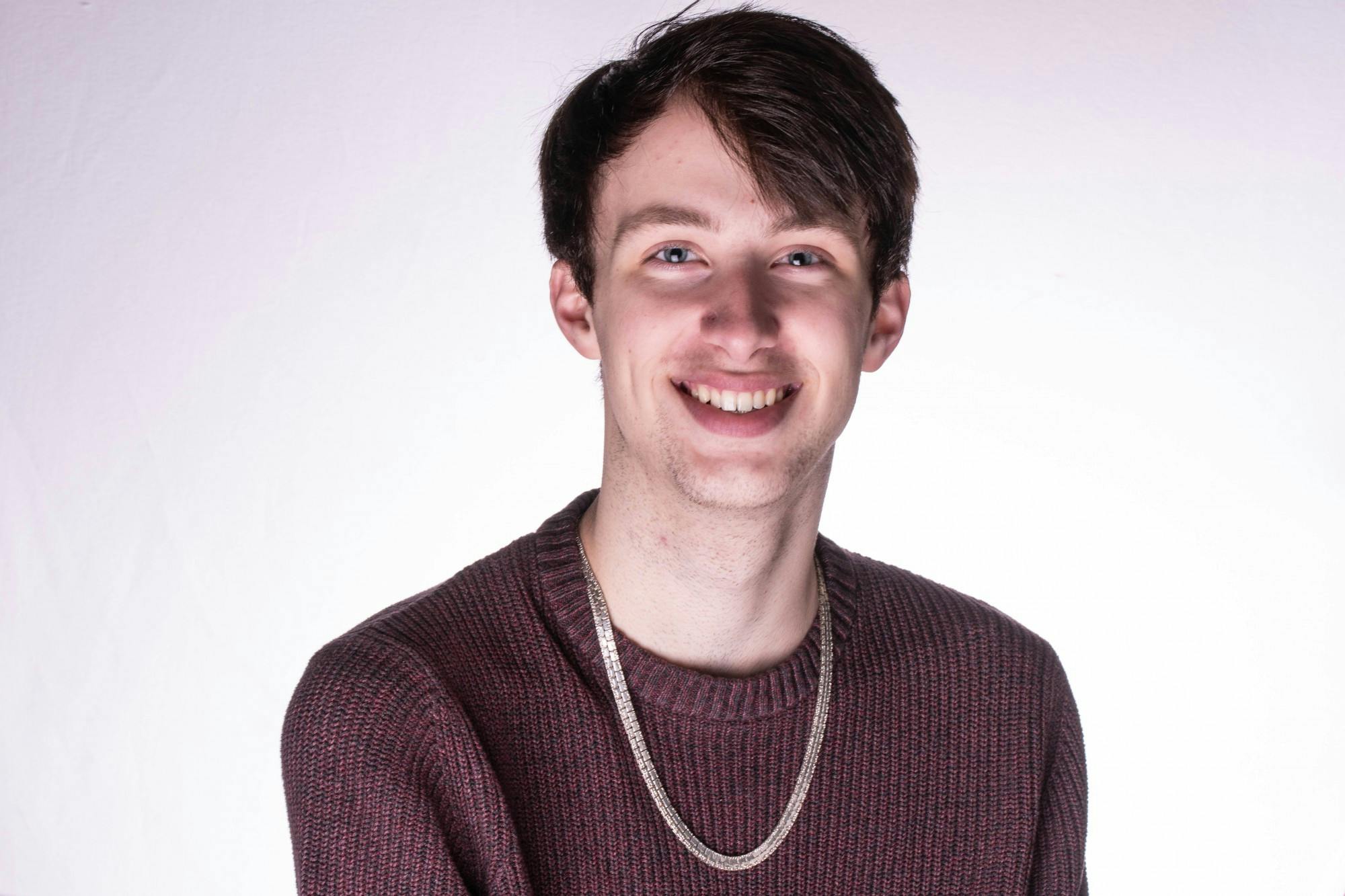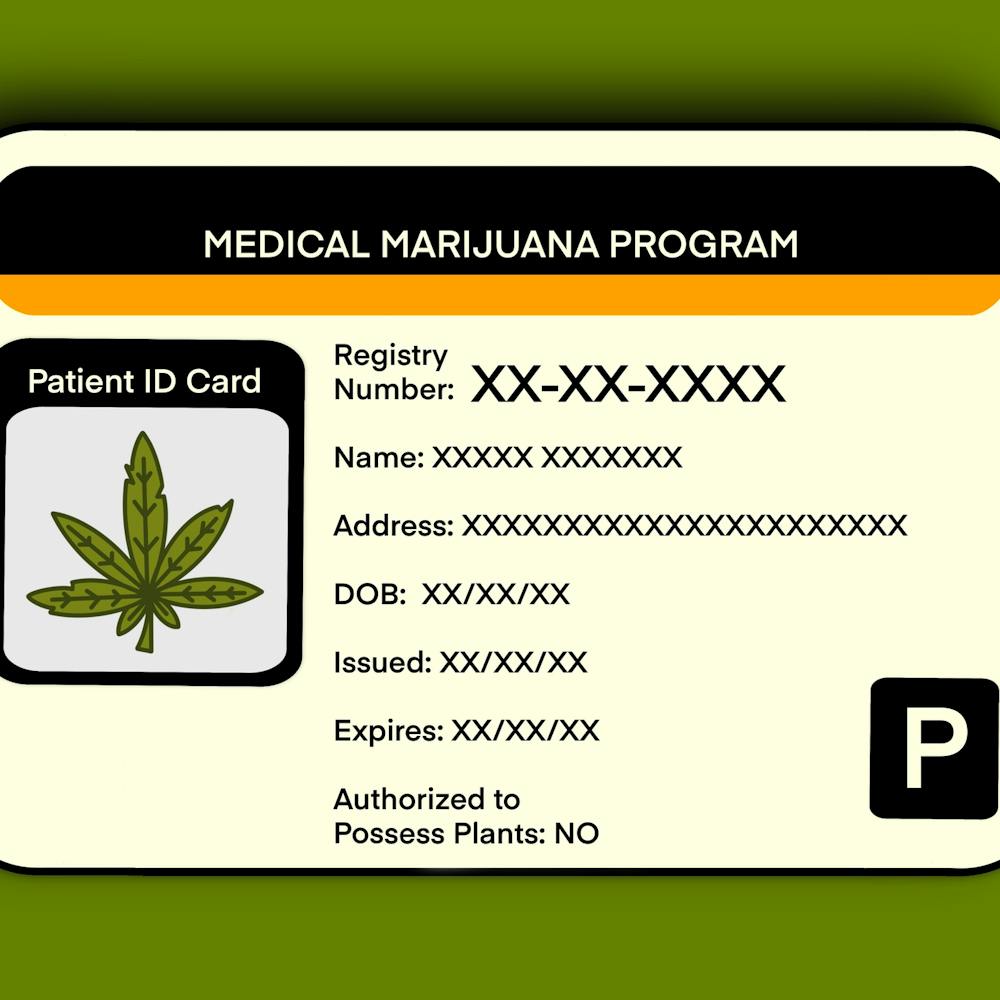Surrounded by thousands of people in the Royal Oak Music Theatre, for what my friends and I referred to as the “gay event of the year,” I was captivated by the performer on the stage. King Princess, the musician, serenaded the sold-out room with resounding songs about her experiences as a queer person, and every single person in the venue danced along to the music and had a fantastic time.
It wasn’t until the post-concert debrief that I realized the concert may have been a pivotal moment for the young LGBTQ+ kids in attendance and their journeys to self-acceptance and self-love.
Growing up as a gay kid, I had few predominate figures that I could look up to or connect with, in terms of sexuality, especially when the boys in elementary school were calling me names that I didn’t understand. It was a very isolating experience — I had no gay people in my life, and the television shows and movies that I was watching every day did not have characters like me, and, if anything, only reinforced that heterosexuality was normal and, therefore, “right.”
The only LGBTQ+ people I remember seeing on the screen during elementary school were Carol and Brandy from the 16th season of “The Amazing Race” in 2010. I remember seeing the word “lesbians” beneath their names when they were shown during the race and asking my mom what it meant. It was at that moment, at the age of nine, that I first learned about the LGBTQ+ community, and I learned that the term that my classmates were throwing around for me — “gay” — might actually be accurate.
Unfortunately, Carol and Brandy’s time on the show was cut short and showed them in an unfavorable light (they were deemed the “mean lesbians”), but I would soon find other representations of the gay community that helped me to realize that there’s nothing wrong with my sexuality.
Following the turn of the decade, gay characters began popping up in popular teen television shows like “Pretty Little Liars” and “The Fosters.” Whoever let me listen to Lily Allen before I was even a teenager actually did me a favor and allowed me to associate that it was OK to be gay, and those who disagreed were “just evil.” And then, my world changed when Lady Gaga released the gay anthem “Born This Way” in 2011.
That’s why so many gay men have such strong connections to music and pop culture — in a way, the pop stars often felt like the only people who were in our corner.
Now, as an adult, it is astounding how the celebrities I idolized have allowed me to feel more secure in my sexuality, identity and who I am — and it’s even more remarkable how many more figures young, gay kids have to look up to now.
Gay people can find support and meaningful messages in many different ways, not just in flashy, upbeat pop music. Television shows and movies like “Riverdale” and the “Star Wars” franchise have introduced LGBTQ+ characters into the mainstream. Frank Ocean and Tyler, the Creator rank among artists who use their platforms to advocate for the gay community in rap music. Kacey Musgraves stood by us as an ally in the country music scene. Other notable “gay icons” and allies, like Billy Porter, Adam Rippon and Laura Dern, assist in building a community where gay folks can feel secure and meaningful, especially when they may not feel so great in their school or home environment.
I speak from experience when I say that it’s hard to love yourself when it feels like you are inferior to your heterosexual peers. However, the surge of representation and support from notable figures in pop culture that I’ve seen in the past ten years has significantly helped a countless number of gay people — especially me — in finding the self-love we deserve to have.
Support student media!
Please consider donating to The State News and help fund the future of journalism.
Discussion
Share and discuss “Column: Finding self-love through my LGBTQ+ role models” on social media.






